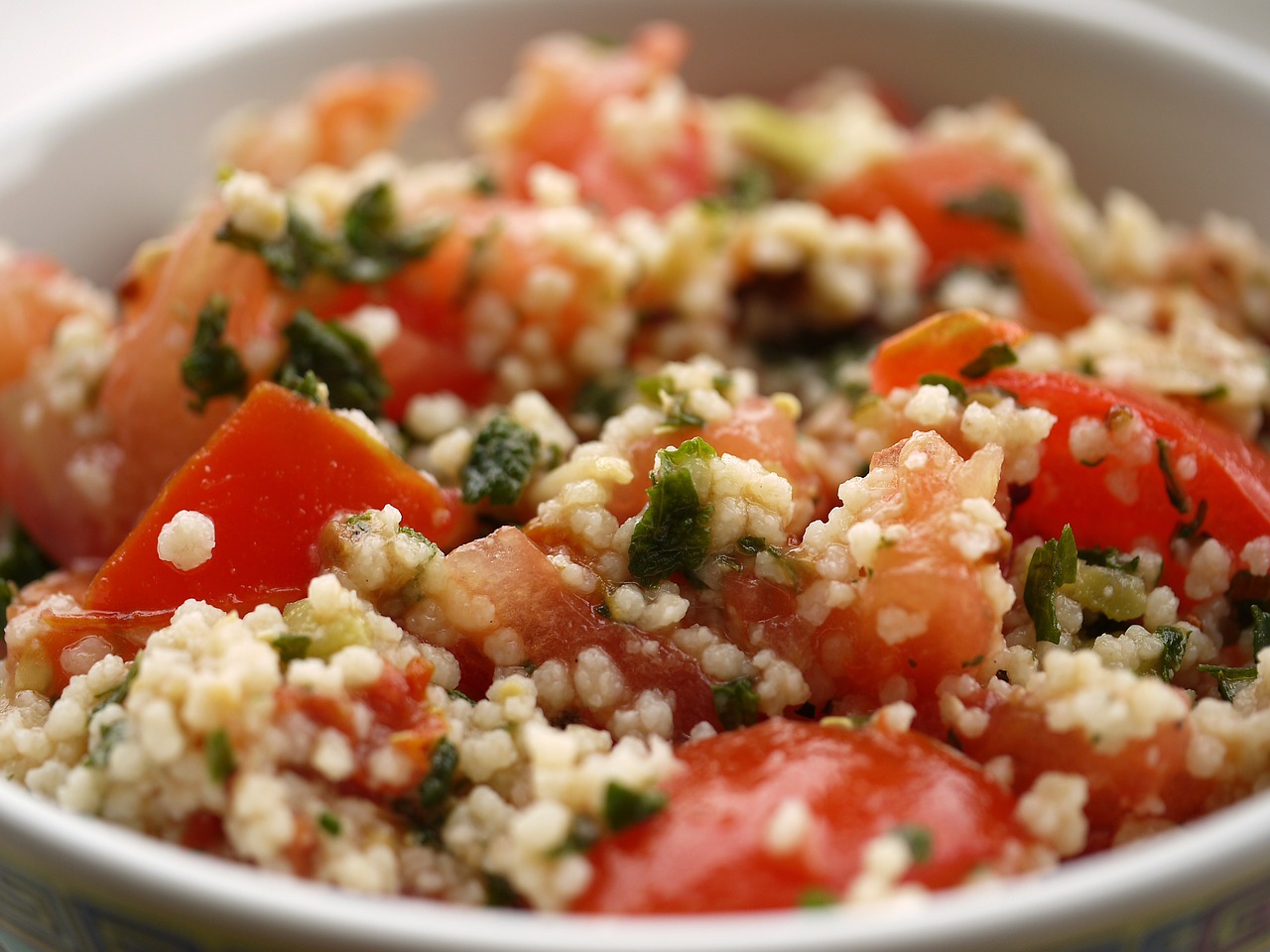
Couscous, the granular staple made from semolina or wheat flour, is more than just a dish; it’s a testament to North Africa’s rich culinary history and its interactions with the wider world. This humble grain, with its roots deeply entrenched in the Berber traditions of Algeria, Morocco, Tunisia and Libya, has traversed beyond its geographical origins to become a beloved component of global cuisine.
The Berbers are credited with its invention as early as the 7th century. For them, couscous was not merely sustenance but a cultural emblem, a dish that signified unity and blessing. The preparation of couscous, traditionally a communal activity, involved the laborious process of hand-rolling semolina into tiny granules, then steaming them over a stew of meat, vegetables and spices.
As North Africa encountered waves of conquerors, traders and migrants, couscous served as a culinary bridge between cultures. The Arab conquests of the 7th and 8th centuries introduced couscous to the Middle East while trade across the Mediterranean facilitated its introduction to Europe. Each encounter introduced new flavours and preparation methods that reflected the diverse tapestry of cultures that came into contact with couscous.
In North Africa it is often served with a rich, spiced broth, meat and vegetables, a reflection of the region’s bountiful produce and spice trade. In the Middle East, couscous might be sweeter, adorned with raisins, cinnamon, and saffron. Meanwhile, in countries like France and Italy, where couscous arrived through colonial and migratory exchanges, it has been incorporated into local cuisines, showcasing the global palate’s capacity for adaptation and integration.
The latter half of the 20th century saw couscous ascend from a regional staple to a global phenomenon, celebrated not only for its culinary versatility but also for its nutritional value. As global cuisines became more interconnected, couscous found its way onto the menus of world-renowned restaurants and into the homes of culinary enthusiasts worldwide, symbolising a fusion of tradition and innovation.
Its designation by UNESCO as an intangible cultural heritage of Algeria, Mauritania, Morocco, and Tunisia in 2020 underscores its significance as a cultural artefact.
As couscous continues to delight palates around the world, it serves as a reminder of the power of food to transcend boundaries, fostering connections across cultures and histories. It is a celebration of the simple yet profound joys of cooking and eating, inviting all to partake in a dish that is as rich in flavour as it is in history.





